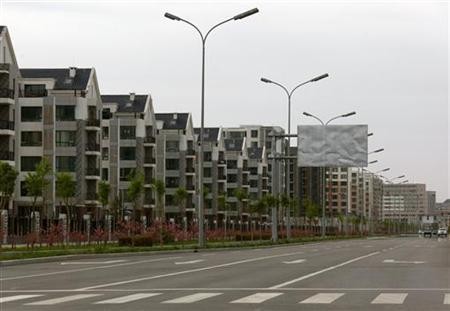Thanks to Jody Rosen's longform travel piece, published by the New York Times on Friday, the world can now visualize the desertification control that was promoted by 12th National Committee of the Chinese People's Political Consultative Conference (CPPCC) member Wang Wenbiao this week.
The CPPCC member spoke of his childhood in the "formerly barren" Kubuqi Desert area of the Inner Mongolian Autonomous Region, where constant sandstorms found their way into his childhood meals.
For Wang, the transformation of his childhood home into "a green paradise" is evidence of the persistence and patience that China needs to overcome its pollution and smog problems, while Rosen's feature article explores the region in more detail.
Looking at the remote city of Ordos (the name means "many places" in Mongolian) from within the context of history, politics and society provides the reader with not only an understanding of the immense change that the desert region has undergone, but also the significance of Inner Mongolia's role in the future development of the entire Chinese nation.
Even though Kubuqi Desert has become a tourist destination, while Ordos seems to only attract curious onlookers interested in the stranger side of tourism, the Inner Mongolian Autonomous Region appears to be far more important to Beijing as a future home for rural populations.
As the travel writer explains, Ordos "is not exactly unique," as new cities are growing all over China, taking up the space once occupied by countryside, so that hundreds of millions of rural Chinese will relocate to the newly created metropolitan hubs over the next two decades.
Rosen describes the plan as "the biggest building boom, and the largest migration, in human history."
In March 2014, China's State Council and the Central Committee of the Communist Party announced the government's intention to occupy cities like Ordos with 100 million new residents by the end of 2020, at an estimated cost of $6.8 trillion.
So while Rosen has presented images of empty carnival rides and accounts of sleepy tourism workers, the occasional arrival of travelers with an appetite for the unusual seems like it will be sufficient until Beijing's interest in Inner Mongolia is properly manifested.



























